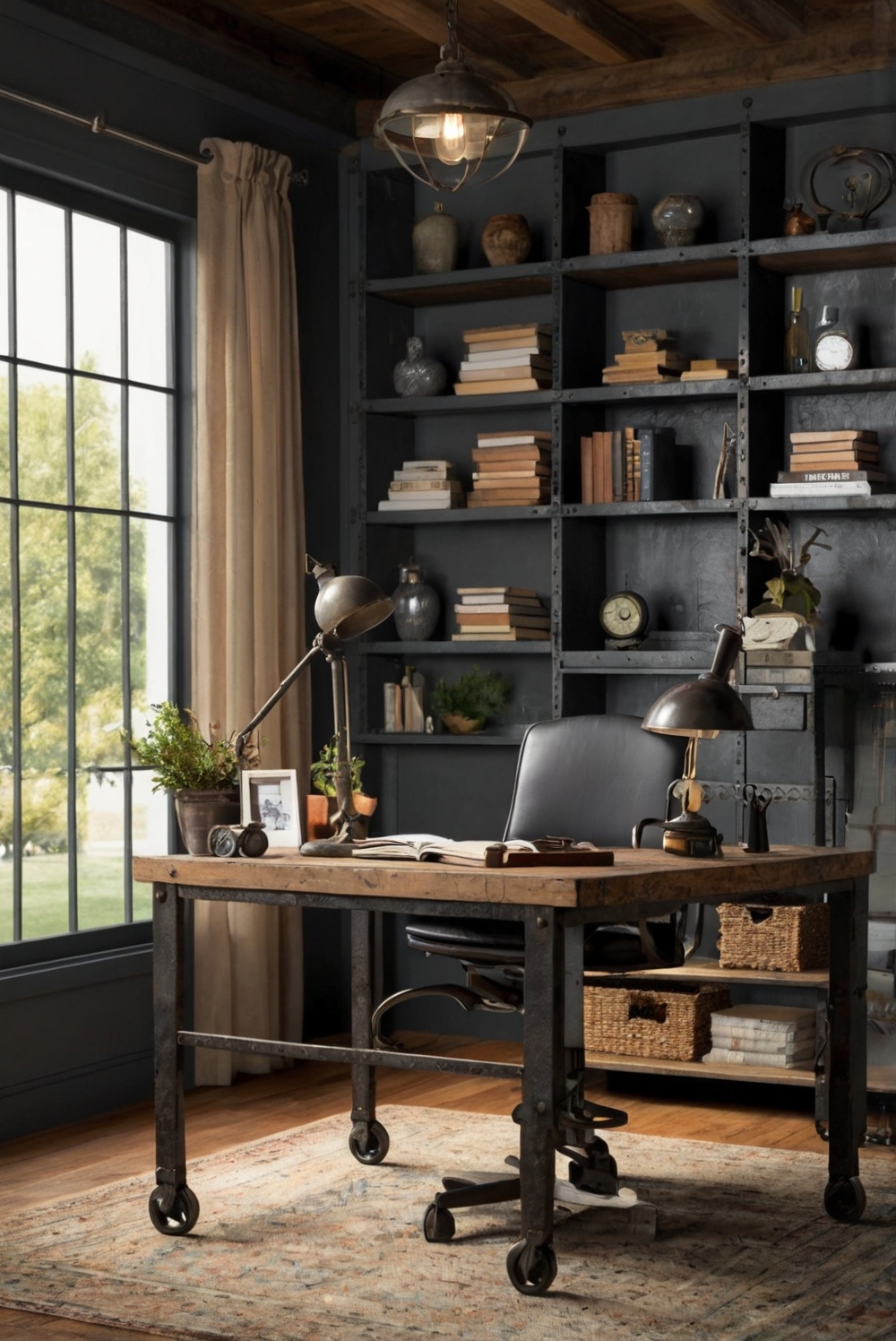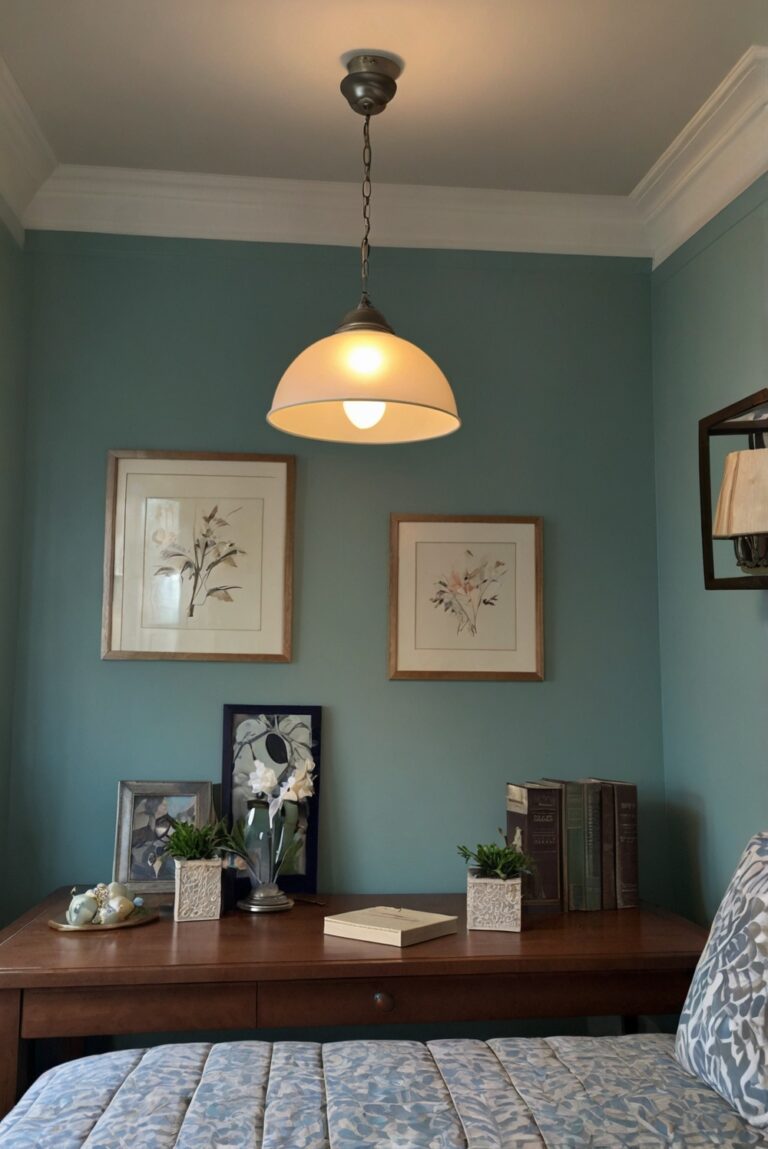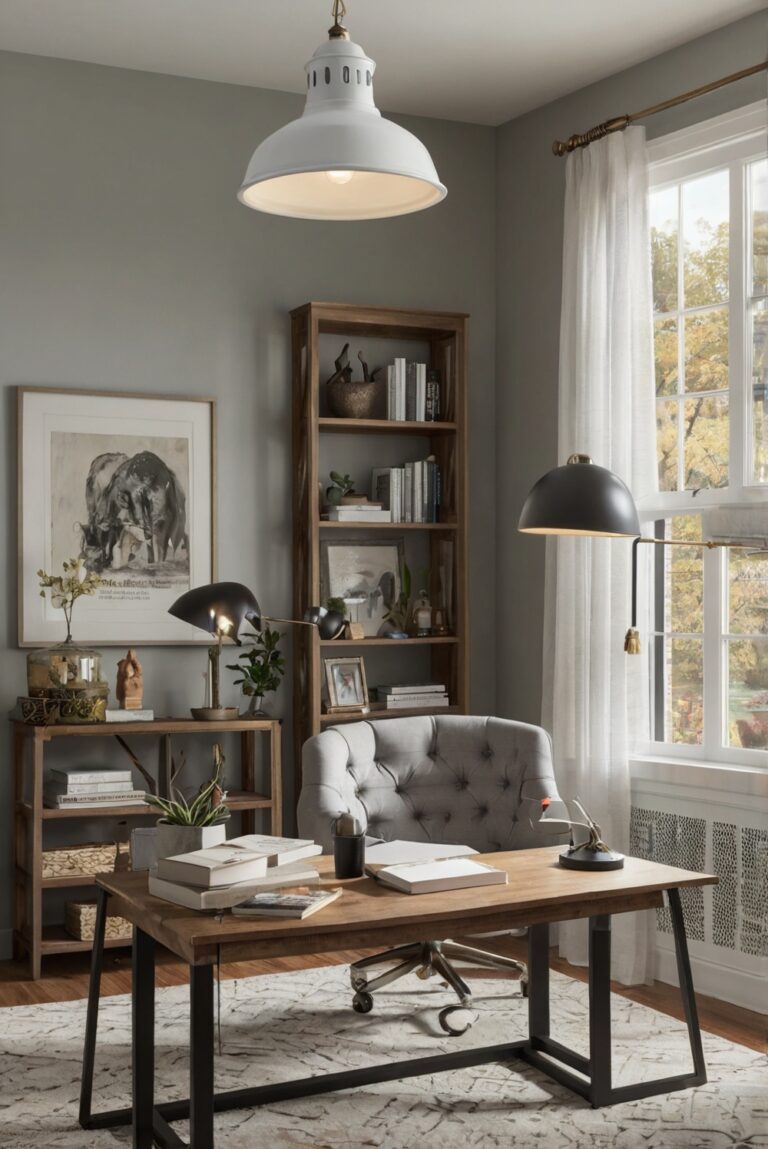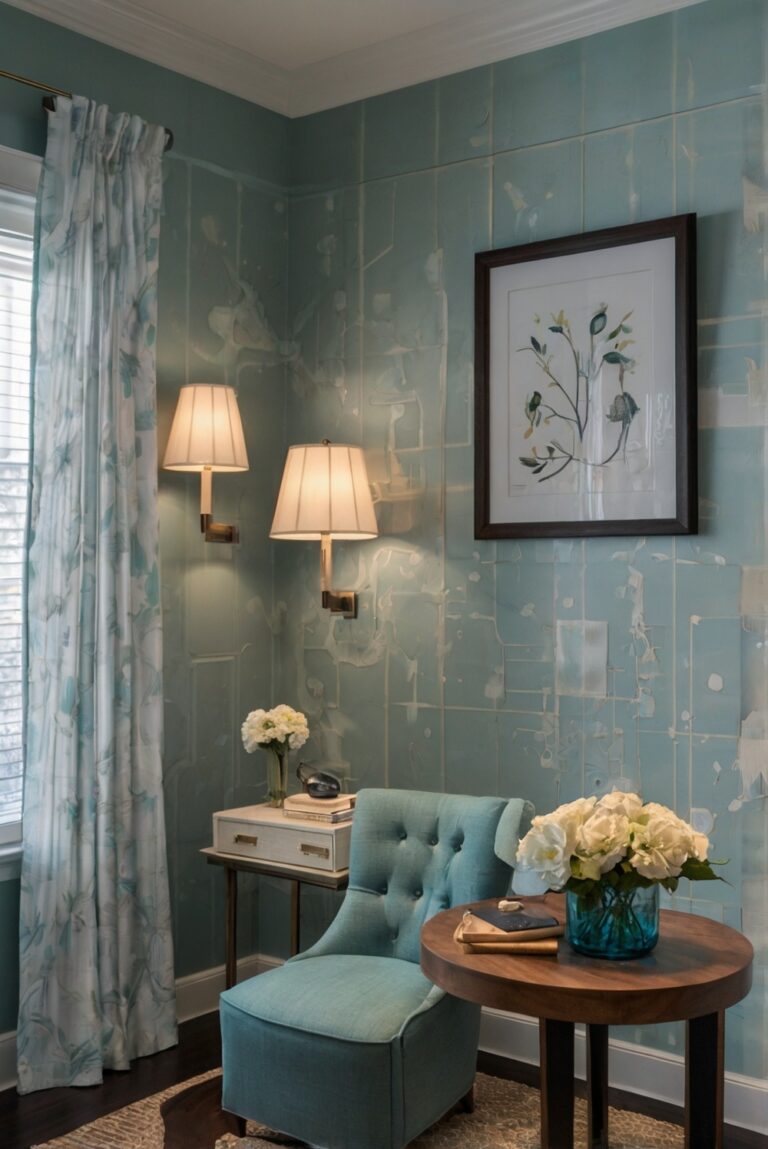
Discover how to create a productive home office using natural daylighting techniques to enhance health and well-being. Elevate your space with these innovative design tips.
To design a home office with natural daylighting strategies for health and wellness, start by positioning your workspace near a window to maximize natural light. Choose light-colored walls and reflective surfaces to help brighten the room. Consider installing sheer curtains or blinds that allow light in while reducing glare. Use task lighting for additional brightness when needed. Make sure to incorporate plants in your workspace for improved air quality and a touch of nature. Organize your office space efficiently with proper storage solutions to minimize clutter and promote productivity. Additionally, consider using low-VOC paint for a healthier indoor environment. Experiment with different color schemes to create a calming and inspiring atmosphere.
– Focus on home interior design, space planning, and natural daylighting for a healthy work environment.
– Incorporate plants for improved air quality and a connection to nature.
– Choose light-colored walls and reflective surfaces to maximize natural light.
– Use low-VOC paint for a healthier indoor environment.
– Organize your workspace efficiently to minimize clutter and promote productivity.
To design a home office with natural daylighting strategies for health and wellness, it is important to prioritize **health** and **wellness** by maximizing exposure to natural light. Natural daylight not only enhances the aesthetics of a space but also has numerous health benefits, including improving mood, reducing eye strain, and boosting productivity. Here are some key strategies to incorporate natural daylighting into your home office design:
**1. Placement of Workspace:** When designing your home office, place your workspace near a window to maximize natural light exposure. Position your desk perpendicular to the window to minimize glare and maximize the distribution of light throughout the room.
**2. Window Treatments:** Choose window treatments that allow natural light to filter into the room while providing privacy and controlling glare. Opt for sheer curtains, blinds, or shades that can be easily adjusted to regulate the amount of light entering the space.
**3. Reflective Surfaces:** Incorporate reflective surfaces such as mirrors, glass, and light-colored furniture to bounce natural light around the room and create a bright and airy atmosphere. Consider adding a mirror opposite the window to amplify the natural light.
**4. Task Lighting:** In addition to natural daylighting, supplement your home office with task lighting to provide adequate illumination for specific tasks. Choose energy-efficient LED task lights that mimic natural daylight to reduce eye strain and enhance productivity.
**5. Biophilic Design:** Integrate biophilic design elements such as indoor plants, natural textures, and earthy colors to create a connection to nature and enhance the overall sense of well-being in your home office. Plants not only improve air quality but also contribute to a calming and stress-reducing environment.
By following these natural daylighting strategies, you can design a home office that promotes health and wellness while maximizing the benefits of natural light. Prioritizing natural daylight in your workspace can have a significant impact on your overall well-being and productivity.
1. How can natural daylighting benefit a home office for health and wellness?
Natural daylighting in a home office can significantly benefit health and wellness by improving mood, productivity, and overall well-being. Exposure to natural light has been shown to regulate circadian rhythms, leading to better sleep patterns and increased energy levels during the day. Additionally, natural light can reduce eye strain and headaches commonly associated with artificial lighting, creating a more comfortable and healthy work environment. Studies have also linked natural daylighting to increased focus and creativity, making it an essential element in designing a home office that promotes mental and physical health.
2. What are some strategies for maximizing natural daylighting in a home office?
To maximize natural daylighting in a home office, consider positioning the workspace near windows or skylights to allow ample sunlight to enter the room. Using light-colored walls and reflective surfaces can help bounce light around the space, while strategically placing mirrors can further enhance natural light. Opt for sheer curtains or blinds that can be easily adjusted to control the amount of sunlight entering the room. Additionally, incorporating light-colored furniture and décor can help brighten the space and create a more inviting atmosphere for work.
3. Are there specific design elements that can enhance the health and wellness benefits of natural daylighting in a home office?
Incorporating biophilic design elements such as plants, natural materials, and views of nature can enhance the health and wellness benefits of natural daylighting in a home office. Plants not only improve air quality but also create a connection to the outdoors, promoting a sense of calm and well-being. Using natural materials like wood, stone, or bamboo in furniture and finishes can further enhance the soothing effects of natural light. Additionally, positioning the workspace to offer views of greenery or natural landscapes can help reduce stress and increase productivity.
4. What are some common pitfalls to avoid when designing a home office with natural daylighting strategies?
When designing a home office with natural daylighting strategies, it is essential to avoid common pitfalls such as overreliance on artificial lighting, which can negate the benefits of natural light. Ensure that the workspace is not positioned in direct sunlight, as excessive glare and heat can be distracting and uncomfortable. Avoid using dark colors or heavy curtains that block natural light, as this can diminish the health and wellness benefits of daylighting. Additionally, be mindful of screen glare by positioning computer screens away from direct light sources and using anti-glare filters if necessary.
5. What are some practical steps to implement natural daylighting strategies in a home office?
To implement natural daylighting strategies in a home office, start by assessing the existing sources of natural light in the space and identifying areas that may need additional lighting. Consider rearranging furniture or incorporating light-colored finishes to maximize the reflection of natural light. Install adjustable window treatments that allow for flexibility in controlling sunlight throughout the day. If necessary, consider adding skylights or light tubes to bring in more natural light. Regularly clean windows and remove obstructions that may block sunlight to ensure optimal daylighting conditions in the home office.






